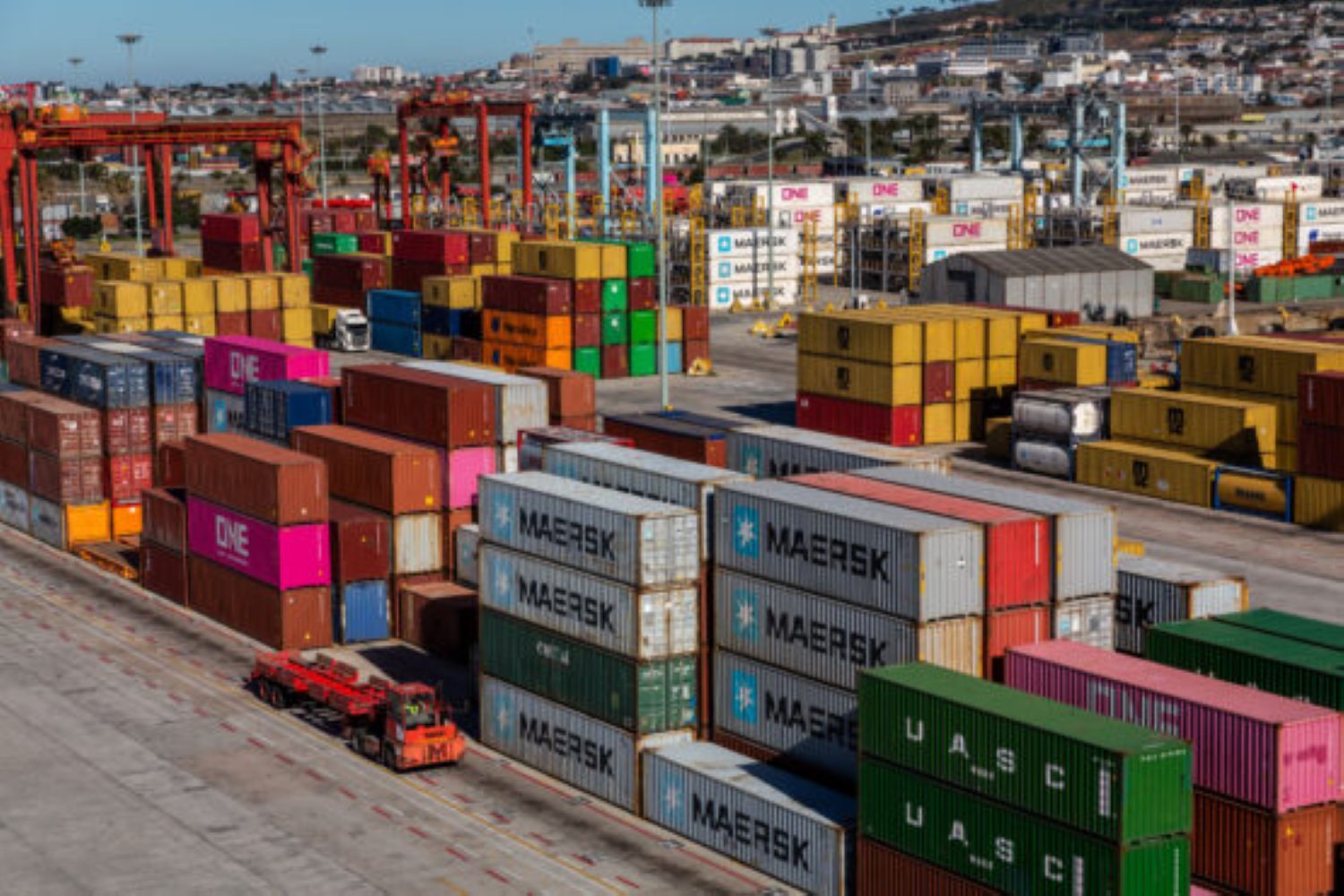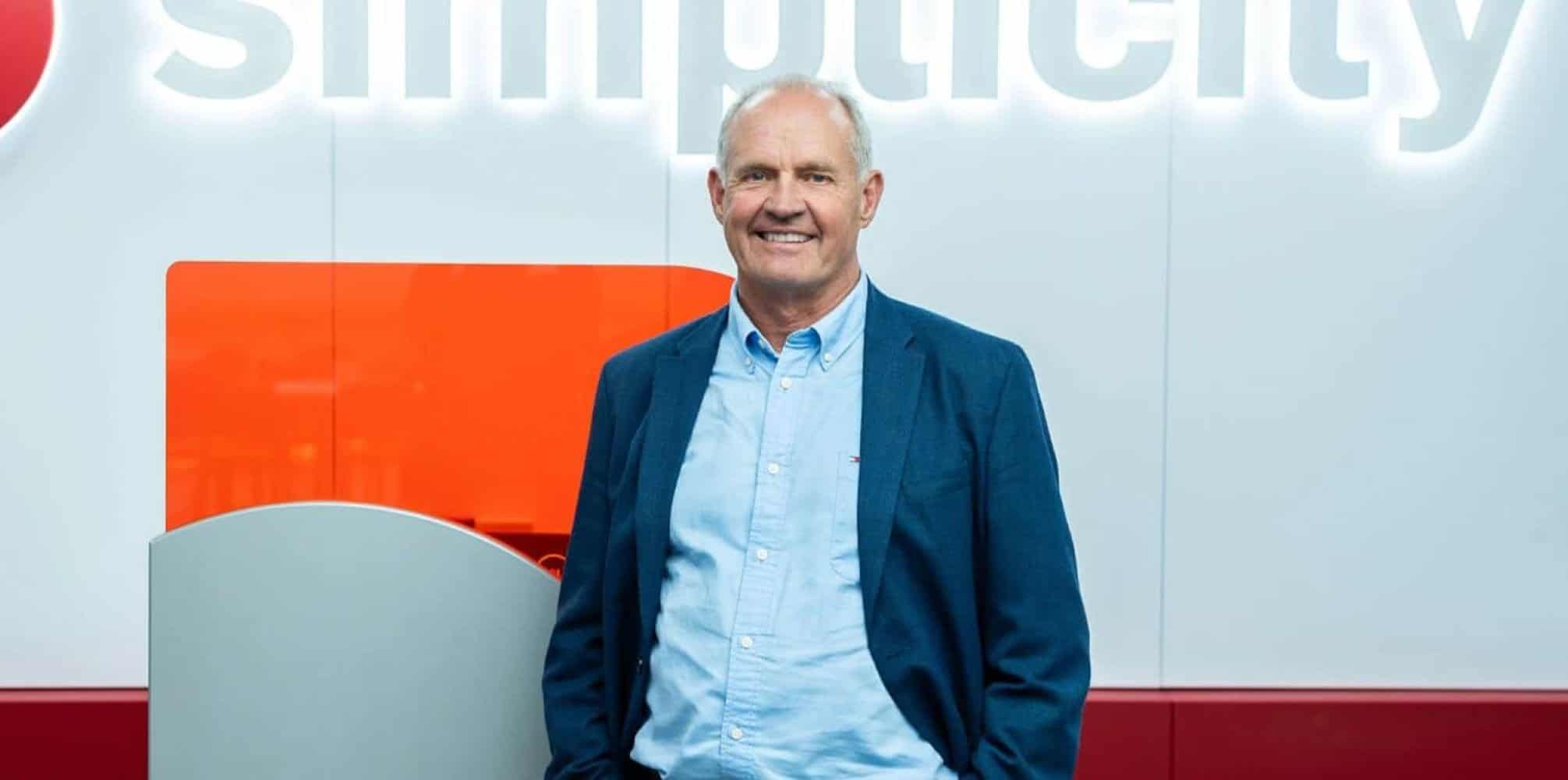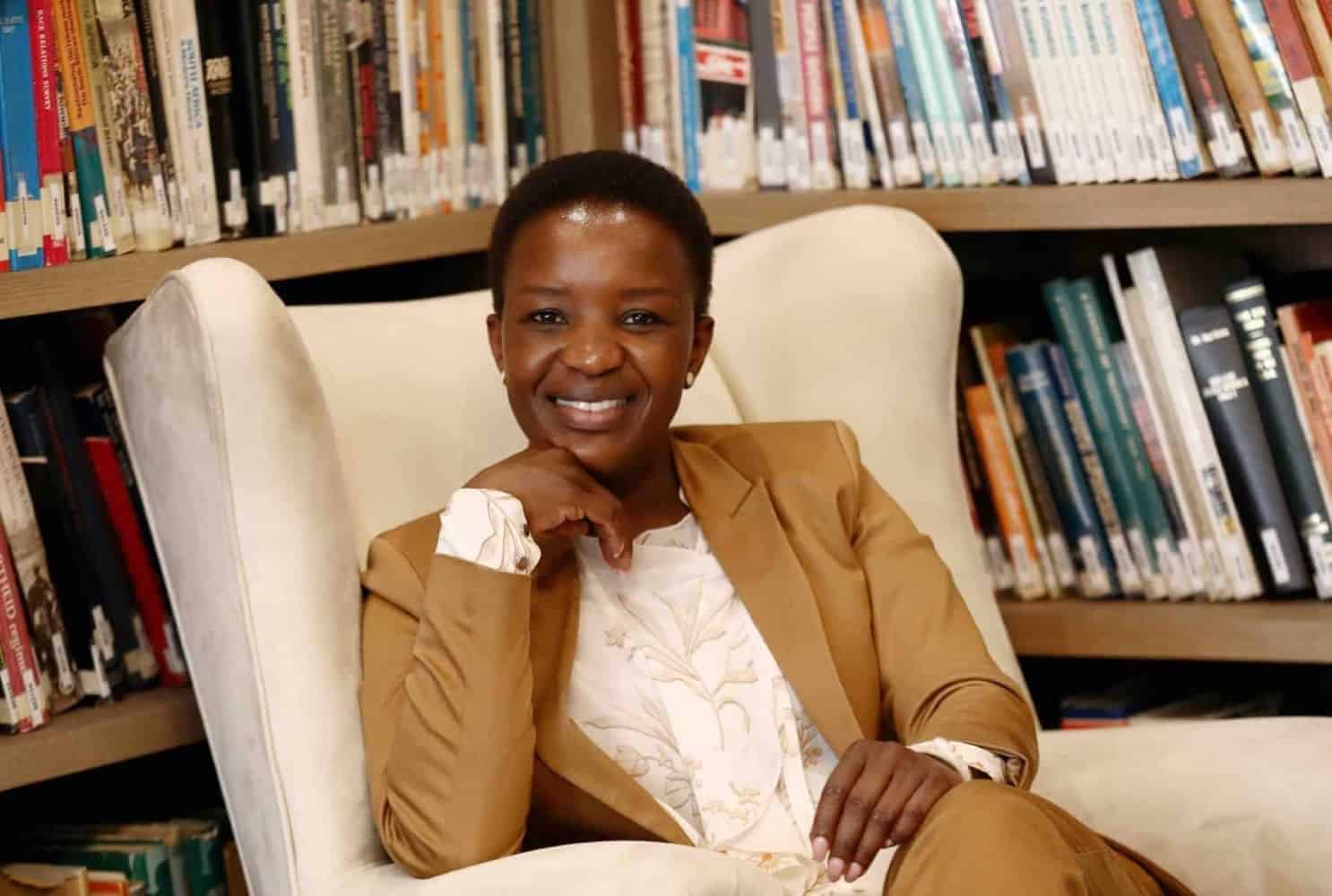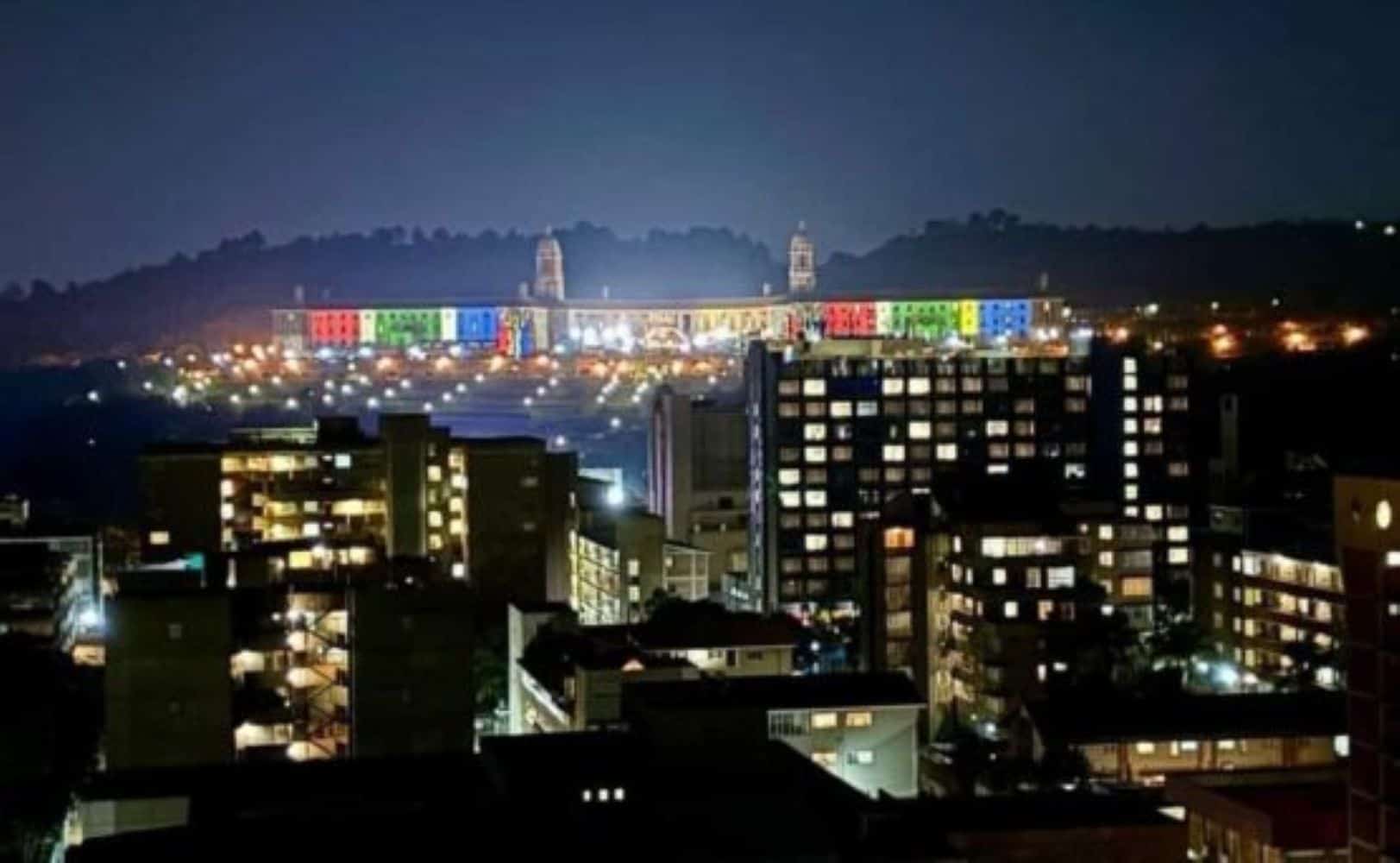Transnet to begin formal procurement process at the end of August.
Private sector investment in Transnet’s five priority rail and port corridors appears to be imminent.
Minister of Transport Barbara Creecy confirmed on Monday that the Department of Transport (DoT) has just concluded a request for information (RFI) process to guide private sector investment in these five corridors.
In an address to the Southern African Transport Conference, Creecy stressed the limited availability of state resources to fund infrastructure development makes private sector investment critical.
ALSO READ: Transport minister has big hopes for big plans
‘Excellent response’
Speaking on the sidelines of the conference, Creecy said South Africa’s rail infrastructure has not had a major revamp, nor has the rail system been expanded, since the 1970s.
“We have put out these requests for information to see what the appetite is. We had an excellent response.
“There were almost 163 submissions,” she said.
“We are now processing those submissions so that Transnet can begin the formal procurement process at the end of August 2025 through the issue of Requests for Proposals (RFPs).”
Creecy told the conference the DoT has concluded a Memorandum of Agreement (MoA) with the Development Bank of Southern Africa (DBSA) and National Treasury, appointing DBSA as the hosting institution for the new Private Sector Participation Unit.
ALSO READ: Victory for Transnet: more cash incoming, union accepts salary increase
Rail initiatives
She said the DoT will, at the end of July 2025, release the second batch of RFIs, which will be focused on passenger rail initiatives.
The Interim Rail Economic Regulatory Capacity has been established to create fairness and transparency for third-party operators, improve network utilisation, increase competition, and reduce costs.
“To sustain our economy, we cannot afford to wait until the PSPs [private sector participants] reach financial close before launching an ambitious programme to rehabilitate Transnet’s rail network and rolling stock, as well as port infrastructure and equipment,” she said.
Creecy said funding sources for immediate rehabilitation of the five priority rail corridors include the current Transnet budget for rail and rolling stock maintenance and purchase of port equipment, submissions to treasury’s Budget Facility for Infrastructure (BFI), and private investment in refurbishing or expanding line capacity through existing customer agreements.
She said Transnet itself makes annual allocations for maintenance but this is insufficient – and they have also put in an application to the BFI.
“Overall, it will be over R30 billion that we will be applying for,” she added.
“This would allow us to do maintenance and to buy equipment for the rail corridors and also in the ports.”
ALSO READ: Government delivers R51 billion support to Transnet. Will it last?
Major investment
Creecy said there are two tranches and the July window application is already in while they are still working hard on preparing the application for the October window.
“We won’t be able to do all of the ports and corridors all at once but we will be doing so incrementally as we process the information. What we can look forward to is some major investment in our rail corridors and also in our ports.
“Obviously it’s going to take our infrastructure to a different level moving forward,” she said.
These initiatives are in line with two of the six targets that Creecy highlighted in her Budget Vote speech in parliament last week, which are to:
- Ensure that by 2029 that Transnet moves 250 million tonnes of freight on its network each year; and
- Improve the speed at which ships are loaded and unloaded in South Africa’s ports to the international benchmark of 30 gross crane movements per hour.
The other targets are to:
- Ensure the passenger rail system provides safe, reliable and affordable transport to workers and their families, with the aim of ensuring 600 million passenger journeys a year by 2030;
- Boost the contribution of aviation to tourism, economic development and job creation, with the expectation of moving 42 million passengers a year through the Airports Company of South Africa (Acsa) network of airports by the end of this political term;
- Move 1.2 million tonnes of airfreight a year through the Acsa network of airports by the end of this political term; and
- Ensure greater safety on South Africa’s roads and reduce the devastating toll that road accidents have on lives and livelihoods by reducing road fatalities by 45% by 2029 and thereby reach the United Nations target of halving road fatalities by 2030.
Creecy said the large DoT ecosystem has in different ways been responsible for undermining economic growth and acting as a drain on the development of the economy and society.
She said these six targets are written into the Medium Term Development Plan, which is the government’s plan for the following five years.
“Fundamental to our reform programme is our intention to re-establish rail as the backbone for the transport of people and goods.”
ALSO READ: Santaco wants faster progress on infrastructure and licensing reforms
Matter of urgency
Wrenelle Stander, CEO of Wesgro, the official tourism, trade and investment promotion agency for the Western Cape, told the conference that one of the key lessons she has learnt at Wesgro is that transport is “a decisive investment trigger”.
“Seventy percent of investors say transport is a primary factor in site selection.”
Stander emphasised that the World Bank says improving transport access for the poorest 40% of a population can increase income by up to 25%.
“In South Africa, where over 70% of the workforce depends on transport, this is not a theory. It’s urgency.
“Transport must be reframed from a burden to a lever of national economic growth.
“Too often, it is treated as a cost, a social burden to be subsidised. Yet every rand invested in public transport can yield R2.60 in returns.”
This article was republished from Moneyweb. Read the original here.














